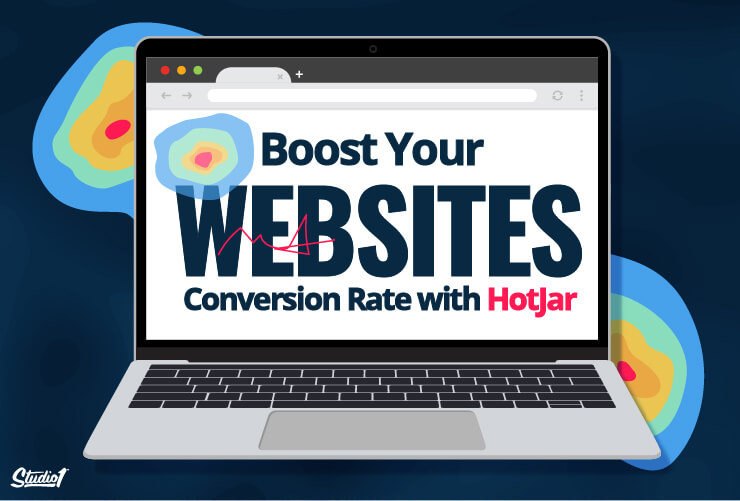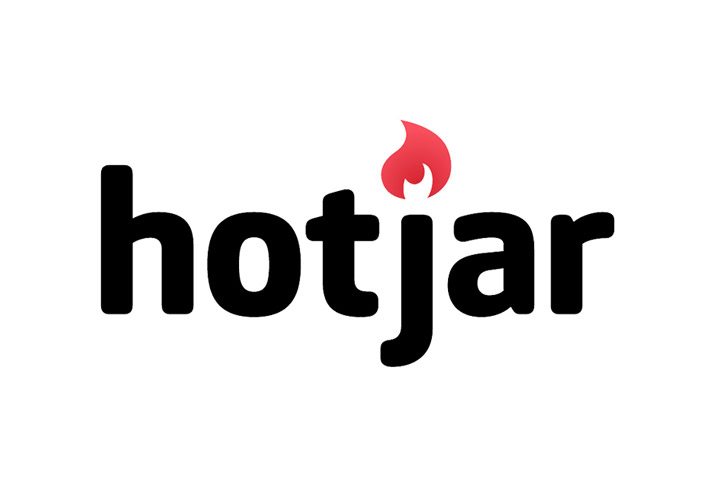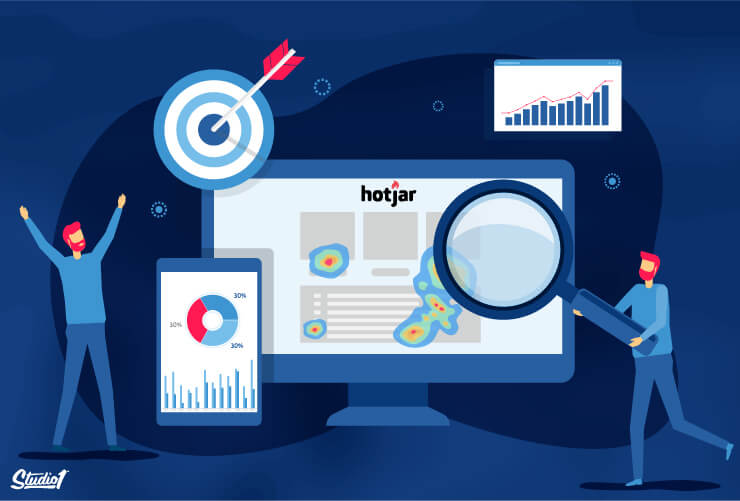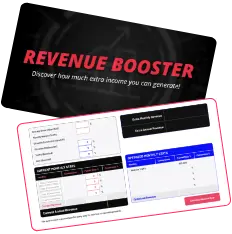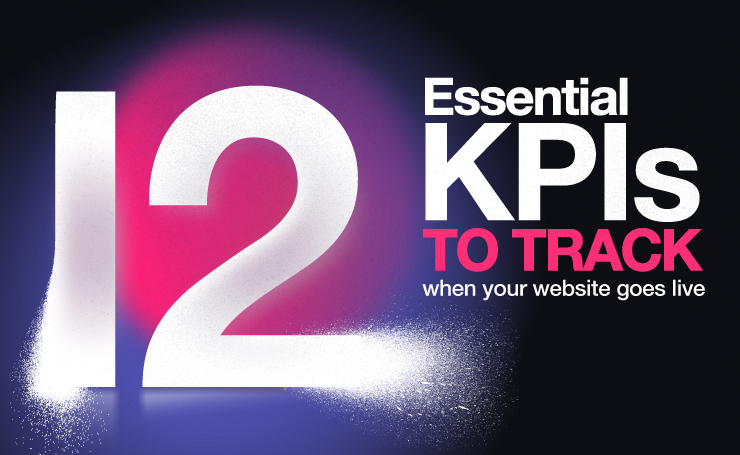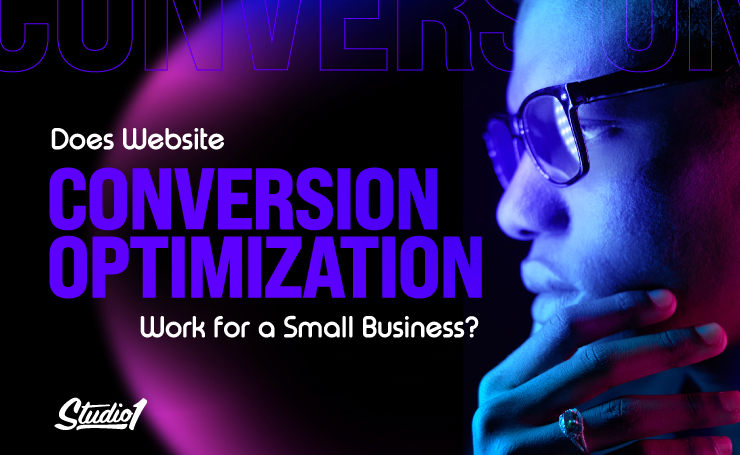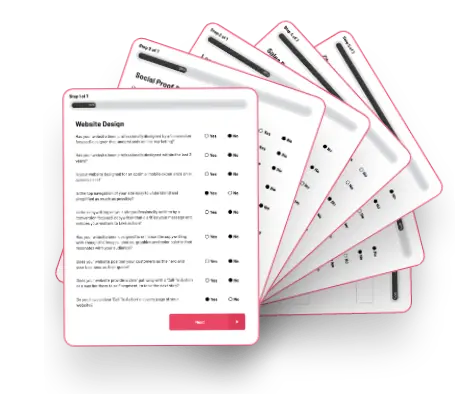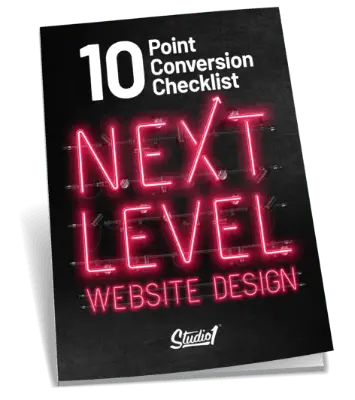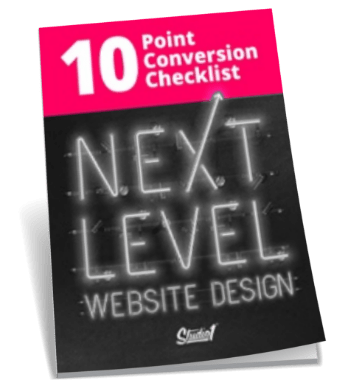The key to successful site optimization is to discover how your visitors are using your website. Such discovery will ultimately lead to the hottest opportunities for advancement. Unlike other data-dependent tools, the Hotjar is a series of analytic tools that will focus on how your visitors behave while on your website. So it has Heatmaps, visitor playback and funnels, feedback polls, recruit user testers, and surveys.
Below is a breakdown of the processes required for a successful utility of the Hotjar.
First, you have to take a step backward and analyze what your site is all about. You can’t possibly implement changes if you don’t understand what your site truly is. There are three things that will help you understand your site better. These three things are the drivers, the barriers, and the hooks.
What are Your Drivers?
When you talk about drivers, these are the elements in your site that reel visitors in. To determine your site’s drivers, you first need to understand your visitor’s intent. Allow them to use their own words to tell you what they are looking for and why they want to fit it. Getting the answer straight from them will help you understand the workings of their mind.
Another point to raise is to know where visitors found about you. Sure, there are tools that will tell you from which traffic they came from but they are very limited. Some visitors come to you through word of mouth or recommendations from friends, and those cannot be tracked. So it’s always best to ask.
In Hotjar, the tools used to reveal your drivers include recruit user testers, surveys, and polls.
What are Your Barriers?
Barriers will tell you where and why visitors are abandoning your site. Here, you will understand that regardless of your layout or buttons, if you don’t correct the right barriers then visitors will keep abandoning your site. A good place to start is to locate the pages on your site that have the highest traffic and the biggest drop-off. Focus on the biggest barriers first and move down to the simplest. Chances are, once you correct the biggest barriers, the simplest will automatically be amended.
Perfect Hotjar tools that will help you reveal your barriers are Heatmaps, surveys, polls, conversion funnels, and visitor playback, and recruit user testers.
What are Your Hooks?
Meanwhile, hooks are the factors that persuade your visitors to act to your benefit. So what are you visitors-turned-customers really buying from? Are they buying products or services? If you can determine what are the elements that have successfully persuaded your visitors to convert into your buying customers then you can replicate that and increase your sales even further.
Recommended Hotjar tools for this stage are surveys, polls, and recruit user testers.
The second step is composed of nine sub-steps. The Hotjar Action Plan is composed of the following:
1. Setup a Heatmap on your high bounce and high traffic landing pages.
Both your high bounce and high traffic pages provide the biggest opportunity to retain and convert your site visitors. With Heatmaps, you will be able to identify how your visitors are responding to and interacting with your pages.
2. Using feedback polls, discover drivers on high traffic landing pages.
If you interview as many visitors as possible, you will be able to understand why the majority have come to your site. You want to dig deep to the core reasons to re-design your landing pages and possibly to edit your text to become more persuasive and aligned to your visitors’ needs.
Setting up feedback polls is easy. You don’t need anything fancy; an open-ended Facebook poll that works in 5 seconds should be enough. However, be careful not to commit the same mistakes as so many others have when doing a poll. What this means is you don’t force your visitors to choose from a ready list of answers.
3. Send out emailed surveys to your existing customer base, including those who have not converted to paying users yet.
It is no secret that the fastest way to get answers is to ask your existing users directly! You have captured their email address and you may be sending them updates every now on then. So it only makes sense that you email out surveys too.
The key to a good emailed survey is to keep the questions targeted and open-ended. You want at least four questions but not over 8. To encourage participation, you can give incentives through a raffle draw. A short deadline will also add urgency; thereby creating more responses.
4. Use the funnel to determine your site’s biggest barriers.
A good funnel should be built backward, which will take you back to your highest-traffic pages. You must have a funnel for each of the goals on your website.
5. Create a feedback poll on your barrier pages.
Don’t accept to just lose visitors; you have to know why. Use a feedback poll to understand the reasons why you’re losing out. Such poll should appear on exit. The answers to the poll will reveal your biggest issues and concerns. You can then start working to address those concerns.
6. Include Heatmaps in your barrier pages.
A Heatmap on your exit pages will tell you a lot about the elements on your page that your visitors do not find appealing. A Heatmap will tell you about your visitors’ clicks, mouse moves, taps and scrolling.
7. Take advantage of visitor playback tool to see how visitors are exiting from the barrier pages.
You want to feel how your visitors are feeling when they visit your site; but that’s going to be quite a challenge since you’re so used to your site already. So use the recordings of your visitors’ activities instead. Through a visitor playback tool, you will see and understand what your visitors saw that made them abandon your site. The key to doing this is to empathize with your visitors and to make effective adjustments later.
You might need to filter some of the recordings though, as you probably don’t have the time to review every single visit. To filter, you only need to enter the URL of your primary barrier page into the EXIT PAGE field.
8. Recruit user testers with the specific task of revealing drivers and observing barriers.
When you say user testing, that means following them real-time as they check your site out. It’s a one-on-one consultation scheme that takes a lot of time but will yield honest and confound results. You can start the process by “asking” for sign-ups by having a recruit form pop up at your high traffic landing page. Again, you can incentivize the process by offering discounts, early access to an exclusive and free content and so on.
Once you get signups, choose at least five of them and contact them via email. You can then schedule a screen share using tools like GoToMeeting or Skype. You will need a visual of your list of goals and questions too.
9. Use a feedback poll on your success pages to reveal hooks
So now you’ve covered all your barriers. The next step is to reveal your hooks using by asking existing customers (through another poll) and even incorporating referrals to your dashboard. Improve your site content based on the answers you get from visitors you’ve already hooked.
Now that you know how the Hotjar works, it’s time that you apply the techniques to your website. You are now empowered with the needed knowledge to make bold changes without hurting your bottom line.
You will know if your efforts are received well if your pages match your visitor’s drivers, via the same terminologies expressed earlier. You should have minimized your barriers as well so there’s less fear and usability issues. And of course, you are amplifying your hooks by making your site’s content much more persuasive than before. All in all, there should be an improvement in user experience and that will be evident through longer stays on your website.
